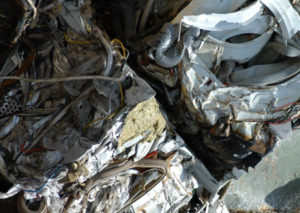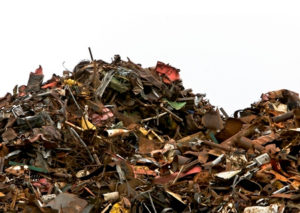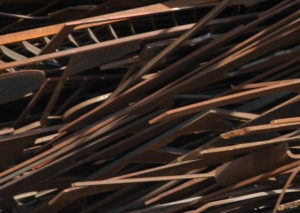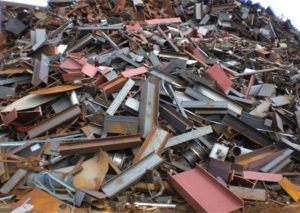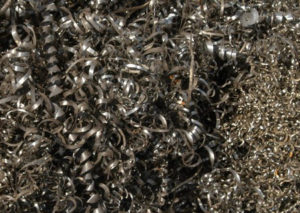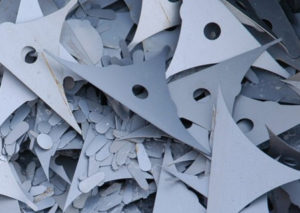Iron is extracted from industrial yards, production scrap, scrap processing plants, and from natural persons. It is basically divided into the iron component and steel, whereas the iron component is further divided into old iron and new iron waste. When it comes to recycling old iron, materials are divided into several subgroups which differ in material thickness and size, or measurements into which the material is cut due to customer requirements.
During iron extraction, the requirements of the final customer have to be taken into consideration. We know two basic categories:
- Ironworks feedstock is used for processing in ironworks plants. It is made of a broad range of materials with slightly larger dimensions of 150 × 50 × 50cm.
- Casting feedstock is used for processing in steel plants, whereas the feedstock needs to be cut into smaller dimensions of 40 × 30 × 30cm, and is often made of uniform materials.
If a certain material will be used for processing in ironworks or steel plants, also depends on the admixtures that are added for steel refinement since each customer makes their own demands regarding the material composition they can take delivery of.
During steel processing, companies also need to deal with other types of steel scrap, such as iron shavings and chips, which are a byproduct of metal processing. With regard to that it is highly important that they are completely dry and do not contain any emulsion since it is very harmful to the environment. Shavings also require special processing methods since they need to be stored under a roof.
We know several types of iron:
- Iron sheets – home appliance waste, car spare parts …
- E1 – a mixture of iron for collecting
- E2 – cut iron scrap, pantograph
- E3 – cut iron, excavators, machines, profiles with a thickness of +10mm
- E5 – shavings, metal turning waste
- E6 – new metal sheets, components from the automotive industry
- E40 – shredder
- E8 – new metal sheets, punched
- Railroad rails
